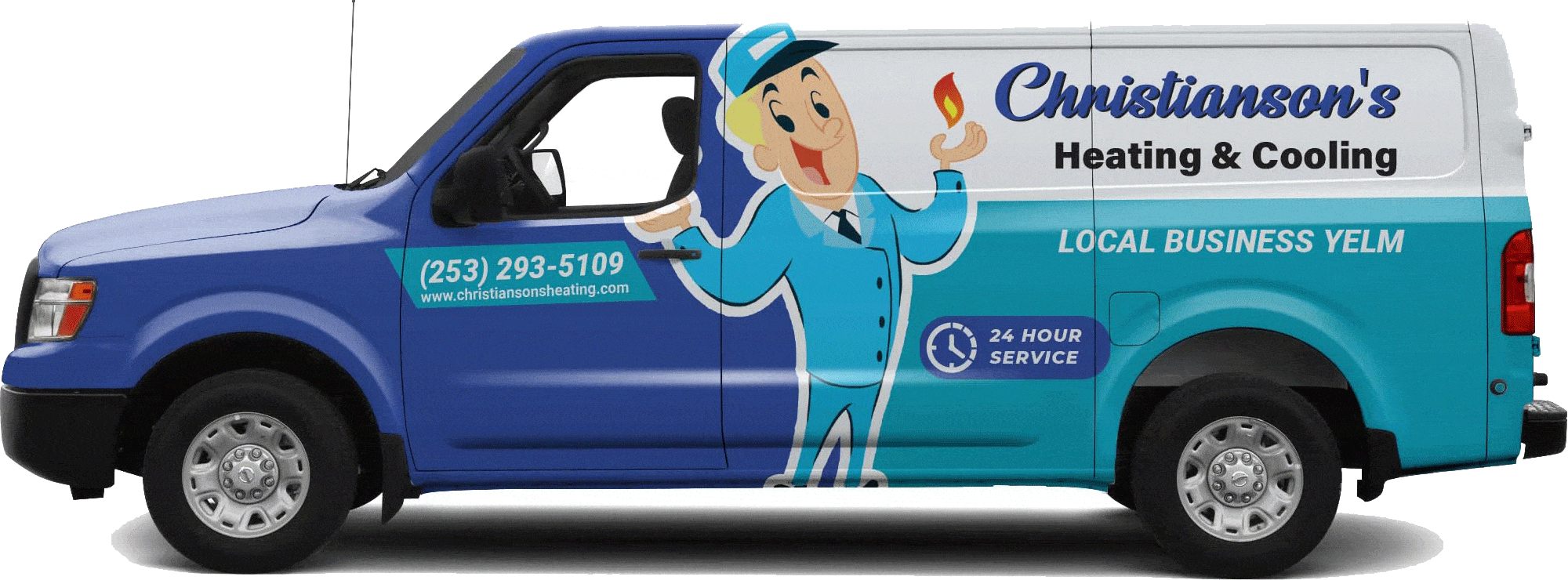
Air Quality and Filtration – Creating a Healthy Indoor Environment
While outdoor pollution like smog and vehicle exhaust receives a lot of attention, indoor air quality problems can be equally damaging. These can be caused by a range of sources including gases, particles and biological contaminants.
Fortunately, there are simple ways to create healthy spaces. This guide will explore four main elements of creating a healthy indoor environment: source control, ventilation, filtration and maintenance.
Ventilation
Air pollution is a leading contributor to sickness and absenteeism among office employees. Inadequate ventilation can allow viruses, dust, mold, toxins and VOCs to circulate, resulting in irritation and breathing difficulties.
Office workers can protect themselves from these pollutants by regularly checking the quality of their indoor environment through a variety of means. These include examining symptoms, using high efficiency MERV filters in HVAC systems and following ASHRAE standards.
Homeowners can also improve their indoor environment by removing the sources of contaminants and keeping the building well ventilated. This can be done by opening windows, unblocking air supply vents and changing cleaning habits. In homes with gas cooking appliances, power-vented exhaust systems are important for removing products of incomplete combustion and carbon monoxide. Homeowners can also use low-emitting / non-toxic cleaning products and green housekeeping techniques. They can also ensure that their HVAC equipment is regularly cleaned and inspected. This can reduce the need for costly repairs and prevent energy waste.
Air Filtration
While outdoor air pollution gets plenty of attention due to its harmful effects, indoor pollutants are just as bad and can lead to respiratory diseases and other health problems. The key to improving indoor air quality is effective filtration.
Using an HVAC system with filters that have higher MERV ratings, which measure particle removal efficiency, can help reduce indoor air pollution. Fine particles, such as those in cigarette smoke, can pass through the throat and nose and enter deep into the lungs.
High MERV rating filters can trap these and other particles, including chemicals, gas, and odors. Another option is activated carbon, which has an extremely large surface area and can capture a wide range of contaminants by both physical and chemical bonding.
Cleanliness
When it comes to healthy indoor air, cleanliness matters just as much as ventilation and filtration. This is especially important for homes and businesses where most people spend a good portion of their lives.
Homeowners can prevent health risks and improve their indoor air quality by removing sources of harmful pollutants such as dust mites, pet dander, and mold. They can also use natural cleaning products and avoid using adhesives that emit high levels of Volatile Organic Compounds (VOCs).
Office workers can prevent the spread of viruses, bacteria, and allergens that cause illness by ensuring their buildings are well ventilated and by following ASHRAE guidelines. They can also install and operate electronic air cleaners that trap particles, remove odors, and destroy volatile chemicals.
School occupants can reduce their exposure to pathogens, bacteria, and allergens by implementing ASHRAE ventilation standards, following infection control guidelines, utilizing effective filtration systems, and installing walk-off mats. They can also increase ventilation rates by opening windows and doors, using window or attic fans when the weather permits, and running a room air conditioner with the vent control open.
Maintenance
The EPA estimates that poor indoor air quality costs the US economy billions in lost productivity, absenteeism, and medical bills. The health consequences of this pollution are even more significant for individuals who have pre-existing conditions such as respiratory or cardiovascular disease, or who are allergic to certain substances.
The good news is that ventilation, filtration, and cleanliness can prevent or limit the spread of pathogens and other contaminants. Maintaining cleaning products and disinfectants, following non-smoking policies, avoiding blocking air vents and grilles, and making sure outdoor windows can be opened to facilitate fresh air intake can help ensure healthy indoor environments in all types of buildings.
When building new homes or remodeling, designing with IAQ in mind can also reduce the need for costly repairs and create a healthier living environment. Third-party healthy building certifications like WELL can provide standards and guidelines to promote occupant health, well-being, and performance. And, for schools, creating a game plan can help mitigate risk of Covid-19 transmission and support students’ thinking, learning, and performance.



Clear and concise information on how to create a healthy indoor environment. It’s crucial for individuals to take proactive steps to improve air quality and protect their health. This article serves as a valuable resource for achieving that goal.
The author has done an excellent job of highlighting the significance of ventilation, filtration, and maintenance in indoor environments. This guide offers actionable insights for promoting a healthy living and working atmosphere.
Absolutely, this article delivers practical recommendations for maintaining healthy indoor air. It’s a reminder of the importance of prioritizing air quality in our living and working spaces.
The emphasis on maintaining a clean indoor environment and using proper ventilation is commendable. However, the article could have included more specific examples for homeowners to implement these strategies effectively.
This article provides essential information on creating a healthy indoor environment. The importance of ventilation, filtration, and maintenance is crucial for improving indoor air quality and preventing health issues. Well done!
I completely agree. It’s great to see a comprehensive guide on how to ensure the air we breathe indoors is safe and healthy. This is valuable information for everyone.
This guide raises awareness about indoor air quality issues and provides useful tips for creating a healthy environment. It’s important for people to pay attention to these factors for their well-being.
While the content is informative, I believe the article could have delved deeper into the scientific principles behind filtration and ventilation. Understanding the mechanisms involved can help readers make more informed decisions.